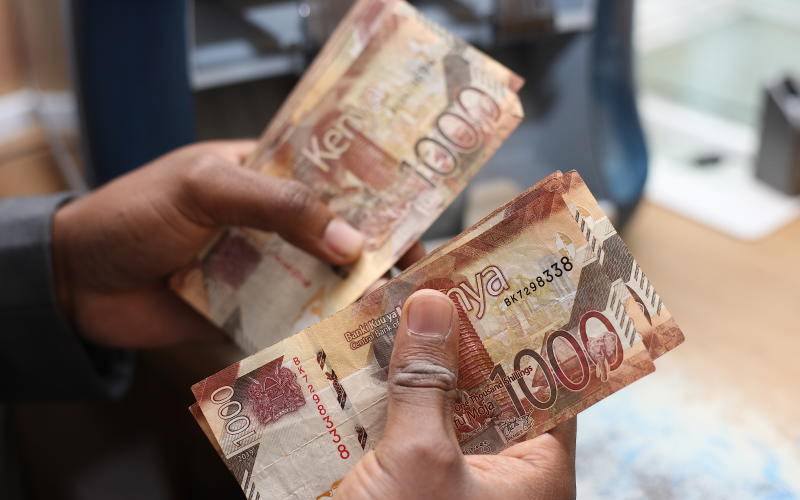The amount of physical currency circulating outside the banking system in Kenya reached a record high of KES 273.4 billion in July, according to data from the Central Bank of Kenya.
This peak coincided with the conclusion of the government’s 2022-2023 fiscal year on June 30, a period when substantial transfers are made from the national exchequer to fulfill both recurrent and development expenditure commitments. The government disburses funds to various ministries, departments and agencies, who then transfer payments to suppliers, contractors and personnel down the chain.
Suppliers and contractors subsequently distribute funds to project managers, executives and casual laborers, completing the cycle of money flow within the economy. With national government pending bills hitting KES 567.5 billion at fiscal year-end, up from KES 537.2 billion at the end of the third quarter, the increased currency in circulation has helped ease cash flow constraints for contractors, suppliers and employees amid tight liquidity.
Read more: Kenya inflation pressures to linger for over a year, report warns
Cash outside of banks, also known as currency in circulation, refers to paper money and coins used for peer-to-peer transactions and payments to commercial enterprises. Growth in currency outside financial institutions indicates greater liquidity availability in the economy to acquire goods and services.
While the surge in physical money supply has alleviated financial pressure, it also carries inflationary risks and the potential for higher interest rates.
As Kenya grapples with economic difficulties, monitoring patterns in currency in circulation provides meaningful insight into the health of the economy.


















